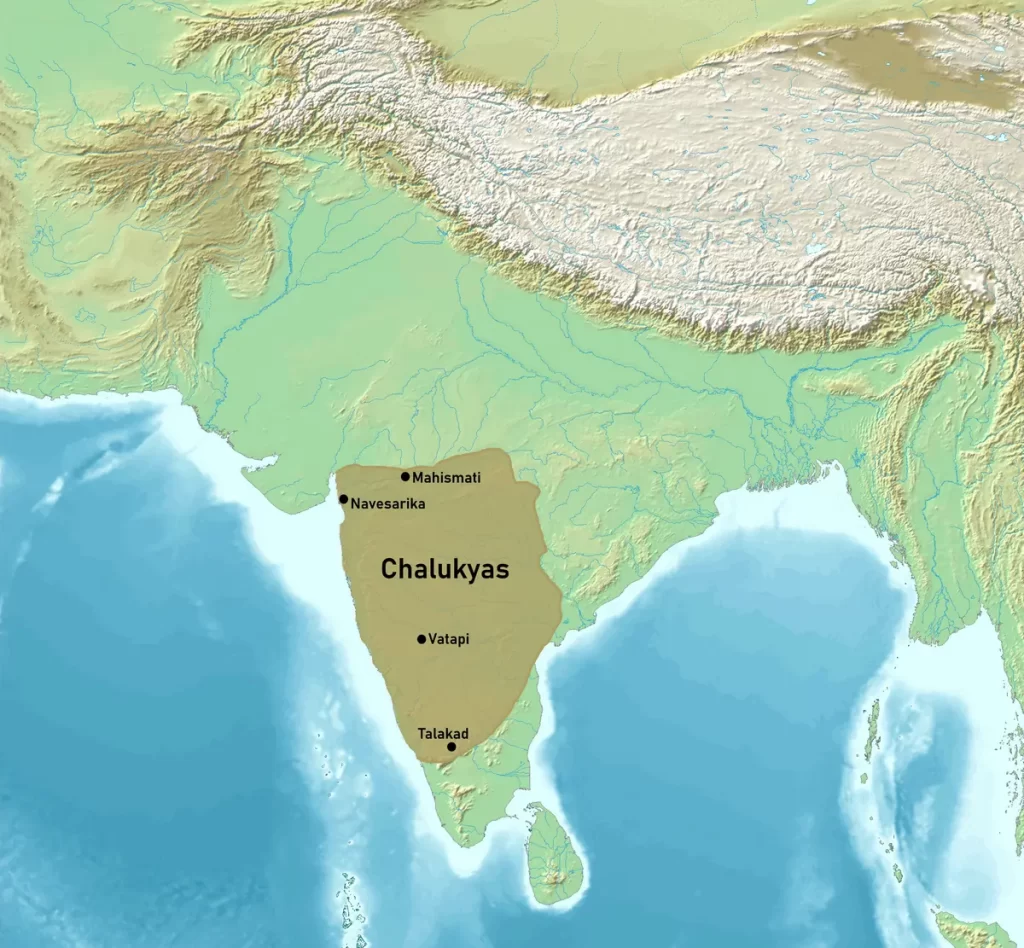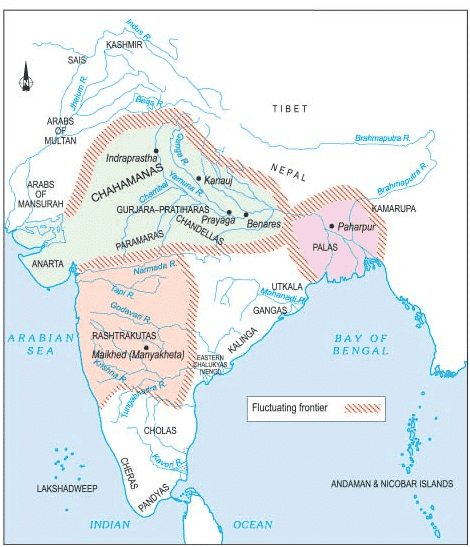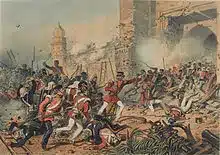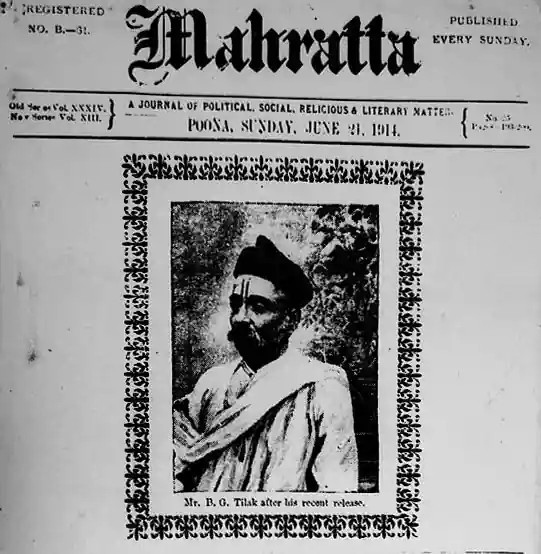Why British made several laws on social reforms?
- The British had come to India with the idea of making immense profits. Therefore, they did not show any interest in taking the issue of social or religious reforms. They were apprehensive of interfering with the social and religious customs and institutions of the Indians because of the fear that they might lose trade advantage. Thus, they adopted the policy of extreme precaution and indifference towards social issues in India.
- The one reason why they indulged in criticizing the customs and traditions of India was to generate a feeling of inferiority complex among the Indians. The British wanted the Indians to be educated and modern enough to consume their goods but not to the extent that it proved detrimental to British interests.
- Some of the Britishers believed that Western ideas were modern and superior, while Indian ideas were old and inferior.
- In England, there was a group of Radicals who had a humanistic ideology towards Indians. They wanted India to be a part of the modern, progressive world of science.
- But the British government was cautious in undertaking rapid modernisation of India. They feared a reaction among the people if too much interference took place with their religious beliefs and social customs. Hence, though they talked about introducing reforms, in reality very few measures were taken and these were also half-hearted.
- The propaganda carried out by the Christian missionaries also stirred the minds of the educated Indians. Western thought and education and views expressed in different newspapers and magazines had their own impact.
List Of Important Social Reforms Acts of British India

Widow Remarriage
Prominent reformers to popularize widow remarriage were Raja Rammohan Roy and Iswar Chandra Vidyasagar. They carried out large scale campaigns in this regard mainly through books, pamphlets and petitions with scores of signatures. In July 1856, J.P. Grant, a member of the Governor-General’s Council finally tabled a bill in support of the widow remarriage, which was passed on 13 July 1856 and came to be called the Widow Remarriage Act, 1856.
Hindu Widows Remarriage Act of 1856 :
- This act legalised the remarriage of widows, who were earlier forbidden from marrying and shunned from society as a result.
- These practices were high on agenda of Brahma Samaj and issue got polarised.
- There were a number of steps taken to promote widow remarriage by establishing women’s colleges, universities, associations and preaching of Vedic stand on widow remarriage.
- The Hindu Widows’ Remarriage Act, 1856, also Act XV, 1856, enacted on 26 July 1856, legalised the remarriage of Hindu widows in all jurisdictions of India under East India Company rule.
- It was drafted by Lord Dalhousie and passed by Lord Canning before the Indian Rebellion of 1857.
Child Marriage
- The practice of child marriage was another social stigma for the women. In November 1870, the Indian Reforms Association was started with the efforts of Keshav Chandra Sen. A journal called Mahapap Bal Vivah (Child marriage: The Cardinal Sin) was also launched with the efforts of B.M. Malabari to fight against child marriage. In 1846, the minimum marriageable age for a girl was only 10 years.
- In 1872, the Native Marriage Act (Civil Marriage Act) intended legislative action for the prohibition but had very limited periphery because it was not applicable to Hindus, Muslims and other recognised religions.
- In 1891, B.M Malabari’s efforts bore fruit when the act of the Age of Consent was enacted which prohibited the marriage of girl child below the age of 12 years.
- In 1929, through the Sharda Act, the minimum age was raised to 14 years. After independence, the limit was raised to 18 years in 1978.
Child Marriage Restraint Act, 1929 :
- The Child Marriage Restraint Act, 1929, passed on 28 September 1929, in the Imperial Legislative Council of India, fixed the age of marriage for girls at 14 years and boys at 18 years which was later amended to 18 for girls and 21 for boys.
- It is popularly known as the Sharda Act, after its sponsor Harbilas Sharda.
- Finally, after Independence, the Child Marriage Restraint (Amendment) Act made further changes in the age of marriage, for girls- 18 years and boys 21 years.
Bengal Sati Regulation Act of 1829 :
- The British Government decided to abolish the practice of Sati or live burning of widow and declared it as culpable homicide. This act made the practice of Sati illegal in all areas under company rule and its practitioners liable to prosecution. This was influenced by the step of Raja Ram Mohan Roy’s frontal attack. The regulation described the practice of Sati as revolting to the feelings of human nature.
- The Bengal Sati Regulation which banned the Sati practice in all jurisdictions of British India was passed on December 4, 1829 by the then Governor-General Lord William Bentinck. The Regulation of 1829 was applicable for the first instance to Bengal Presidency alone, but was extended with slight modification to Madras and Bombay Presidencies in 1830.
Thuggee and Dacoity Suppression Acts, 1836 – 1848 :
- The acts outlawed the practice of thuggee, which was prevalent in North and Central India. It consisted of ritualized murder, mutilation and robbery. The act also outlawed dacoity, a form of banditry prevalent in the same region.
Abolition of Slavery:
- This was another practice which came under British scanner. Hence, under Charter Act of 1833 slavery in India was abolished and under Act V of 1843 the practice of slavery got sacked by law and declared illegal. The Penal Code of 1860 also declared trade in slavery illegal.
Female Infanticide
- Female infanticide was another inhuman practice afflicting the 19th-century Indian society.
- It was particularly in vogue in Rajputana, Punjab and the North-Western Provinces.
- Colonel Todd, Johnson Duncan, Malcolm and other British administrators have discussed about this evil custom in detail. Factors such as family pride, the fear of not finding a suitable match for the girl child and the hesitation to bend before the prospective in-laws were some of the major reasons responsible for this practice. Therefore, immediately after birth, the female infants were being killed either by feeding them with opium or by strangulating or by purposely neglecting them.
- Some laws were enacted against this practice in 1795, 1802 and 1804 and then in 1870. However, the practice could not be completely eradicated only through legal measures. Gradually, this evil practice came to be done away through education and public opinion.
Also refer :
- Different Plans For Indian Independence| August Offer| Cripps Mission| C R Formula| Wavel Plan| Cabinet Mission| Mountbatten Plan
- Indian Independence Movement| Top 25 Important MCQs
- Indian National Congress Sessions Before Independence
- Download the pdf of Important MCQs From the History Of Ancient India
- List Of Important Inscriptions In India








